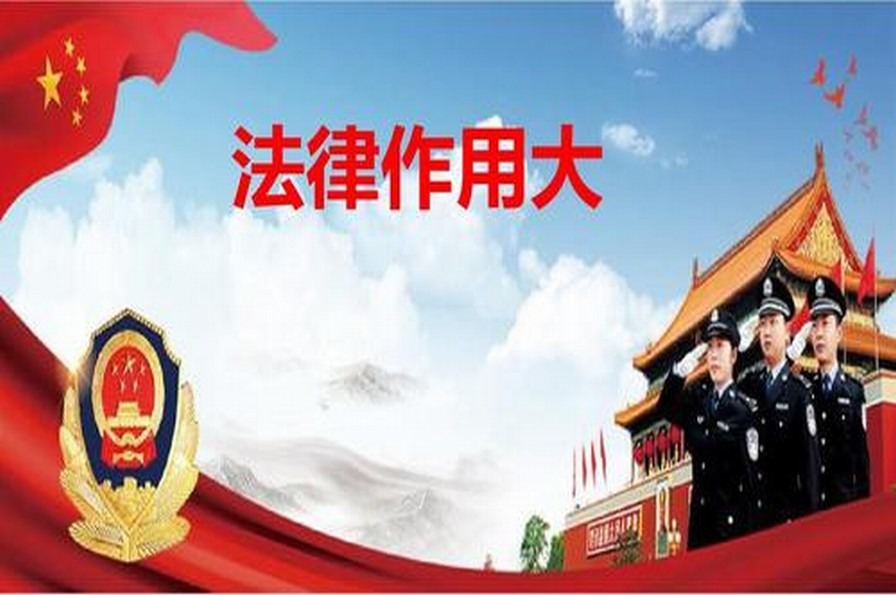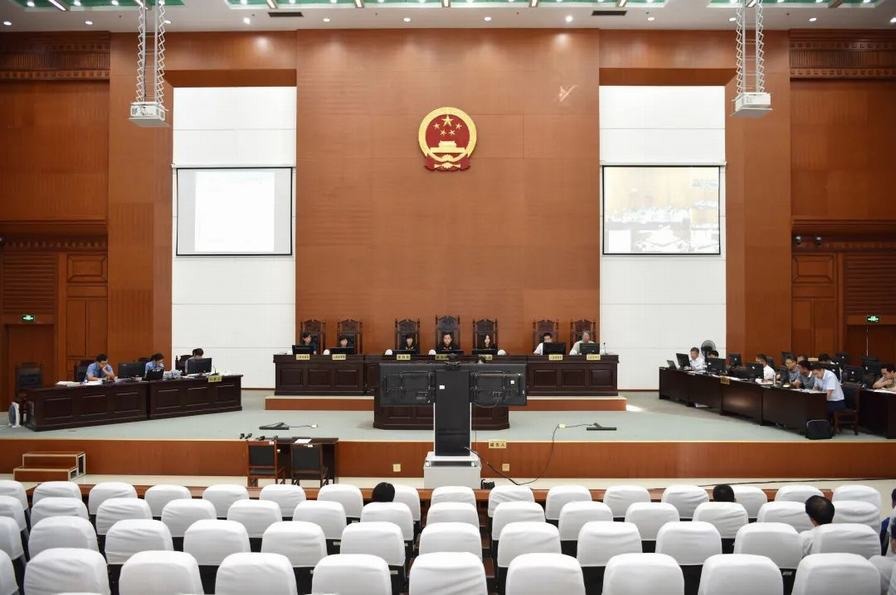
Title: Analysis on Beneficiaries under insurance under the principle of buy-sell; A Legal Perspective from a Senior Professional Lawyer's Perspective
Introduction:
The principle of buy-sell, also known as the buyer-seller agreement in contract law, is a fundamental concept in property rights and legal transactions. It aims to establish a clear understanding between the parties involved, particularly with regards to ownership and transfer of property. The objective of this paper is to analyze the principles underlying buy-sell agreements under the principle of buy-sell from a senior professional lawyer's perspective.
1. Explanation of the principle of buy-sell:
The principle of buy-sell, also known as the buyer-seller agreement, is an essential component of property contracts. It provides a mechanism for transferring property from one party to another without any prior intervention by an intermediary. It is a comprehensive contract that outlines the rights and obligations of both parties.
2. Principal consideration:
In most buy-sell agreements, the principal consideration is the value of the goods or services being transferred. This value should be taken into account during the negotiation process, and it should reflect the benefits received by the seller and the cost to the buyer. If there is no clear understanding of the principal consideration, then it may lead to disputes regarding the validity and terms of the agreement.
3. Performance obligations:
Under the principle of buy-sell, performance obligations are defined as the promises made by either party to fulfill their respective roles and responsibilities. These obligations can include things like providing goods or services, paying fees, maintaining a certain standard of service, and fulfilling specific conditions under the agreement.
4. Implied warranties:
Buy-sell agreements often contain implied warranties of title and fitness for purpose. These warranties are stated in the contract and provide a warranty of merchantability and fitness for use. The seller is required to ensure that the goods or services being transferred are free from defects and are suitable for their intended purpose. If the buyer discovers any defects or issues with the goods, they may have grounds for termination of the agreement.
5. Dispute resolution mechanisms:
Buy-sell agreements typically contain dispute resolution mechanisms to resolve any conflicts that may arise during the transaction. Commonly used mechanisms include mediation, arbitration, and litigation. In each case, the choice of method will depend on the nature of the dispute and the preferences of the parties involved.
Conclusion:
In conclusion, the principle of buy-sell is a fundamental aspect of property rights and legal transactions. It provides a clear understanding of the rights and obligations of both parties involved and establishes a mechanism for transferring property without any prior intervention by an intermediary. While buy-sell agreements may involve complex legal concepts, the importance of having a clear understanding of these principles cannot be overstated. As such, it is crucial for parties involved in buy-sell transactions to consult with a qualified attorney before entering into any agreement.
总结:In conclusion, the principle of buy-sell is a fundamental aspect of property rights and legal transactions. It provides a clear understanding of the rights and obligations of both parties involved and establishes a mechanism for transferring property without any prior intervention by an intermediary. While buy-sell agreements may involve complex legal concepts, the importance of having a clear understanding of these principles cannot be overstated. As such, it is crucial for parties involved in buy-sell transactions to consult with a qualified attorney before entering into any agreement.










